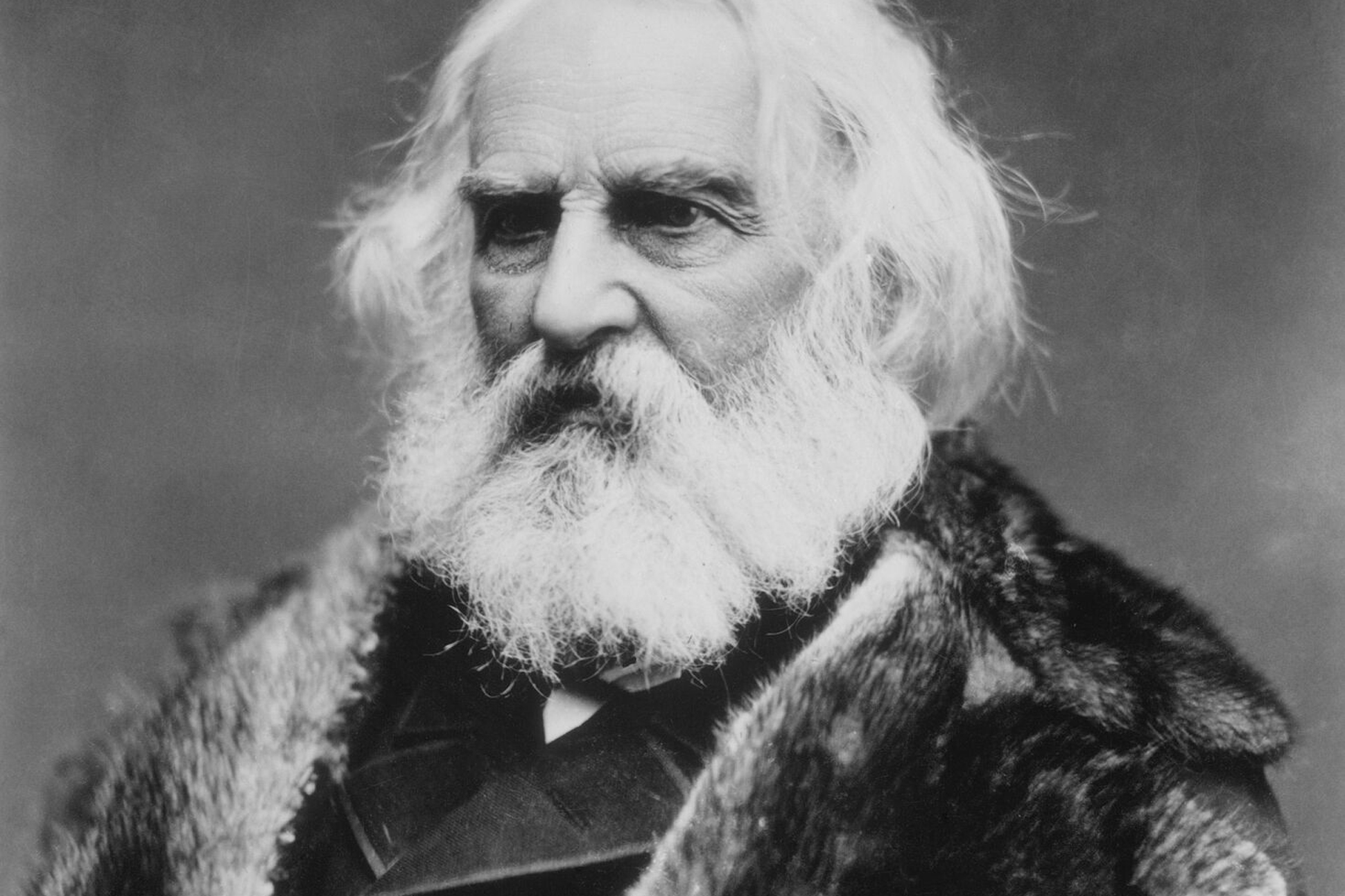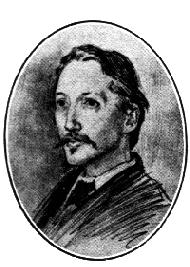A lot of people have a very famous story… wrong.
The story is that of the Gordian Knot and precisely how Alexander the Great loosened it. Most people imagine Alexander slashing the knot with his sword, as pictured above. But he did not.
In the nuance of how he really untied the knot lies hidden a worldview:
the supremacy of simplicity and elegance over brute force and complexity.
The true “Alexandrian Solution” was, for example, what Albert Einstein was looking for in his search for a Grand Unified Theory — a formula that was simple enough (!) to explain all of physics.
I’ll give you the background and the nuance of the story in a moment, but first another fist bump to Thomas for reminding us to make the association.
We are, remember, talking about complexity:
- The Gordian Knot is the archetypal metaphor for mind-numbing, reason-defying complexity;
- Alexander’s triumph over the knot is the archetypal metaphor for triumphing over complexity.
Now read on…
I) Background
a) Phrygia
The Gordian Knot was, as the name implies, a knot in a city called Gordium. It was in Phrygia, an ancient kingdom in Anatolia (today’s Turkey).
The Phrygians lived near (and may have been related to) those other Anatolians of antiquity: the Trojans and the Hittites. They were Indo-European but not quite “Greek”. Their mythical kings were named either Gorgias or Midas (and one of the later Midases is the one who had “the touch” that turned everything into gold). Later, they became part of Lydia, the kingdom of Croesus. And then part of the Persian Empire. And then Alexander showed up.
b) The knot
Legend had it that the very first king, named Gorgias, was a farmer who was minding his own business and riding his ox cart. The Phrygians had no leader at that time and consulted an oracle. The oracle told them that a man riding an ox cart would become their king. Moments later, Gorgias parked his cart in the town square. In the right place at the right time.
So fortuitous was this event and Gorgias’ reign that his son, named Midas, dedicated the ox cart. He did so by tying the cart — presumably by the yoke sticking out from it — to a post.

And he made the knot special. How, we do not know. But Plutarch in his Life of Alexander tells us that it was tied
with cords made of the rind of the cornel-tree … the ends of which were secretly twisted round and folded up within it.
It was a very complicated knot, in other words, and seemed to have no ends by which to untie it.
Lots of people did try to untie it, because the oracle made a second prophesy. As Plutarch said,
Whosoever should untie [the knot], for him was reserved the empire of the world.
II) Alexander, 333 BCE
Alexander, aged 23 and rather ahead of me at that age, arrived in (Persian) Phrygia in 333 BCE. The knot was still there, un-untied.
Alexander had already subdued or co-opted the Greeks, and had already crossed the Hellespont. But he had not yet become divine or conquered Egypt and Persia. All that was to come in the ten remaining years of his short life. And it began with the knot, since he knew the oracle’s prophesy.
Here he his, his sword drawn, approaching the knot:
Did he slash?
No, says Plutarch (ibid,. Vol. II, p. 152, Dryden translation):
Most authors tell the story that Alexander finding himself unable to untie the knot, … cut it asunder with his sword. But … it was easy for him to undo it, by only pulling the pin out of the pole, to which the yoke was tied, and afterwards drawing off the yoke itself from below.
III) Interpretation
I leave it to the engineering wizards among you to re-create the knot as it might have been. But what we seem to have here is a complex pattern that was nonetheless held together by only one thing: the beam.
It was, Einstein might say, like quantum physics and gravity: intimidatingly complex and yet almost certainly reducible to one simple reality.
Alexander, being Great, understood this. He saw through the complexity to the simple elegance of its solution and pulled the peg.
This is how I understand “the Alexandrian Solution.” I intend to look for it in all of my pursuits.

















